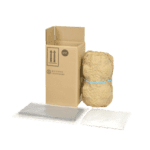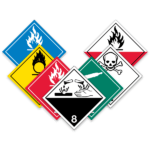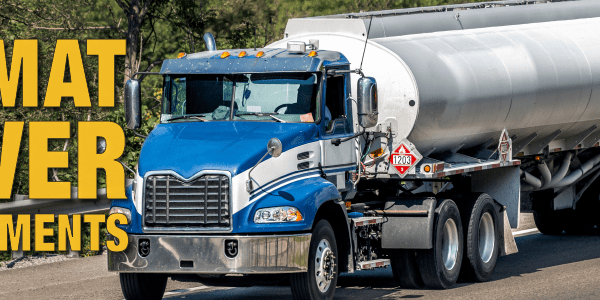The Battle Between Hazardous Waste Disposal, Recycling, and Reconditioning
The hazardous waste created in industries and factories is one of the most significant concerns worldwide. The improper handling of these dangerous goods can lead to environmental damages and result in human health hazards. To promote a sustainable future, it is vital to dispose of hazardous waste and manage it correctly. Many methods are available for safely disposing of hazardous materials, but it can be challenging to determine which one is the most suitable option. This blog post aims to provide readers with a better understanding of the differences between dangerous goods waste disposal, recycling, and reconditioning.
Hazardous waste disposal is the process of treating and disposing of waste materials that are harmful to the environment and public health. The treatment process includes several methods such as incineration, chemical stabilization, and deep well injection. However, hazardous waste disposal is the least environmentally friendly option as it can result in significant pollution and environmental damage.
On the other hand, the recycling of hazardous waste is a more environmentally friendly alternative. Recycling involves the transformation of waste materials into new usable products. Recycling hazardous waste can save energy and reduce emissions, which can result in a lower carbon footprint. Recycling can also help conserve natural resources and reduce waste amounts that end up in landfills.
Reconditioning is another efficient and sustainable way of managing hazardous materials. The reconditioning process includes cleaning, repairing, and refurbishing obsolete or partially used containers. Reconditioning hazardous packaging supplies such as drums and containers minimizes waste generation, saves energy costs, and conserves natural resources. Reusing containers through reconditioning also reduces GHG emissions, protecting the environment from harmful pollutants.
To determine whether disposing of, recycling, or reconditioning hazardous waste is the best option for your business, two crucial factors must be considered. First, the type and amount of waste generated must be determined. Based on this information, a treatment or disposal method can be chosen. Second, the available resources and time must be assessed. Some options may be more cost-effective than others, depending on the size of the company and budget.
To sum up, hazardous waste is a growing issue, which requires careful consideration and management. While hazardous waste disposal can be the quickest method, it is not the best option for the environment. Recycling hazardous waste is an efficient and sustainable option, while the reconditioning of hazardous packaging supplies ensures the reuse of resources and protects the environment. By choosing the right method for managing hazardous waste, companies can positively contribute to a sustainable environment. Always verify your local state/provincial regulations for more detail on regulations when shipping dangerous goods for disposal/recycling.
Do you have questions about shipping hazardous waste? Our team of experts is just a call away for our customers at 855.734.5469 or send us an email, we’re happy to help.
Stay up to date and sign up for our newsletter!
We have all the products, services and training you need to ensure your staff is properly trained and informed.
 Canadian TDG Publications Canadian TDG Publications |
 Lithium Battery Shipping Kit Lithium Battery Shipping Kit |
 Non-Worded Placards Non-Worded Placards |






